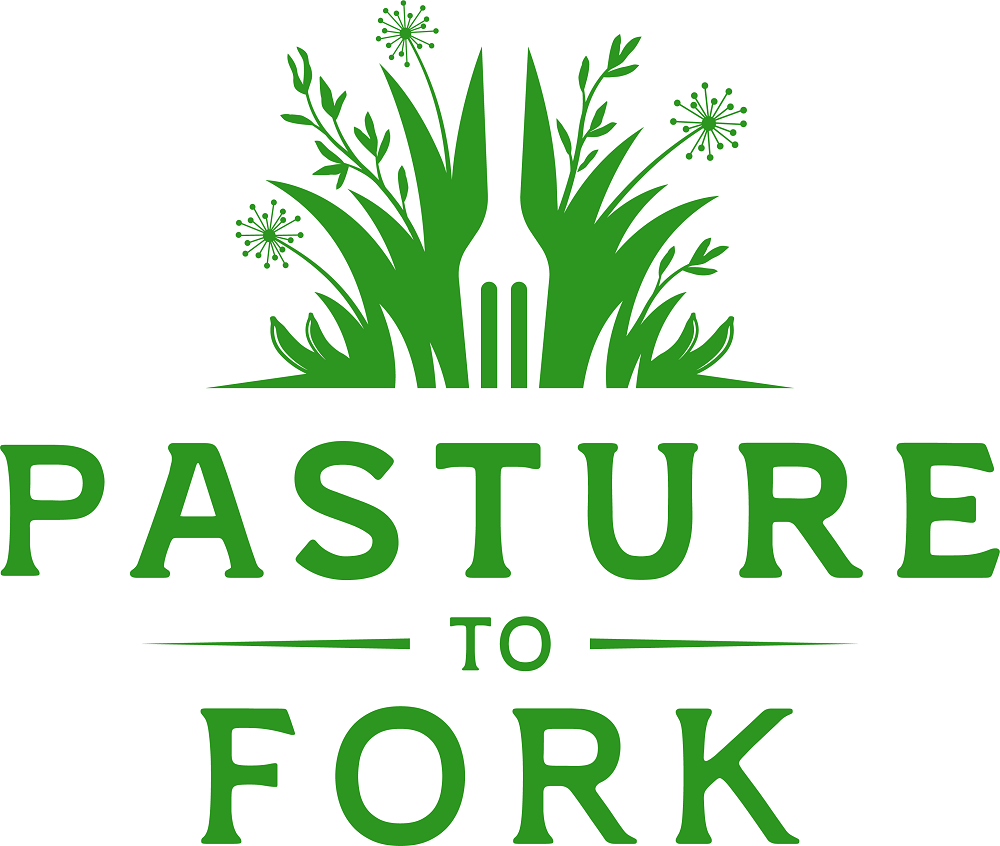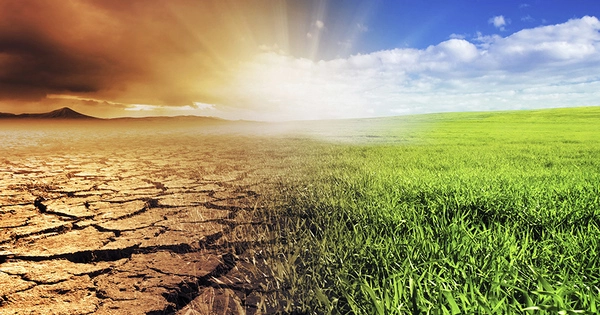Making Your Vote Count
posted on
November 15, 2023
As you know, last Tuesday was election day. According to FairVote, presidential elections bring out about 60% of the voting population, while mid-term elections only attract about 40%, and odd year elections even less.
While I have a lot of thoughts on the act of voting and elections that I won’t go into in this post, I believe America has become overly obsessed with seats on the federal level—and the elections thereof, while paying too little attention to local seats, where votes arguably have more influence. Until about sixty years ago, most Americans did not pay much attention to who was president and what he did and were far more connected and involved in what was happening in local politics. That said, even in local elections we have to ask the question of whether or not our life habits and worldviews align with the principles we pretend to vote for. In other words, are we aiming to change the world via the ballot box, or are we actively seeking to change the world with our lifestyles, spending habits, and whatever cultural influence we have?
Due to an avid interest in the power of commerce in general—and the food industry in particular, I am increasingly distrustful of corporate business, especially multi-national chains such as Wal-Mart, McDonalds, Amazon, etc. and have arrived at the point where I don’t patronize them more than I absolutely have to, which is to say not at all. Why the dislike? While there’s more than one reason, to put it in a nutshell; corporations who reach the size of the ones I just mentioned attain monetary clout and consequently, policy-making influence that skews the playing field of commerce in their own favor, and a detriment to local and national economies. As Natalie Winch writes in Ditching the Drive-Thru; We may have separation of church and state in this country, but we do not have a separation of government and capitalism.
A few years ago, I walked past a man outside of Walmart (yes, I was walking into Walmart while he was walking out) who was wearing a “I Voted” sticker on his coat. Noticing the sticker, I was struck by the irony of it. While he may have voted at the polls earlier in the day, he also voted with his dollar at one of the largest supermarket chains in the world. In all reality, we have to question which vote carried the most weight and influence, especially given the fact that we vote so often with our dollars between the times we vote on a ballot.
The irony is this; each time we cast our “monetary vote” we not only create demand for more of the item we just voted for, but we also support the manufacturer, each and every middleman or broker who drew an income from handling or brokering the item, and most of all, the retailer. This—in the case of mass importers like Wal-Mart—has far-reaching tentacles that cross oceans and cultures into foreign lands with values very different from our own—often even opposing ours. While that is heavy in and of itself, even heavier is the fact that because we chose to patronize that multi-national giant, we kept those dollars from supporting a domestic company who may be far more aligned with our values.
The same could be said of corporate restaurant chains such as McDonalds, who is the biggest purchaser in the world of not only beef, but also the number one consumer of pork, potatoes, lettuce, and tomatoes, and the second-biggest buyer of chicken, after KFC. Do we know how that food is produced? Very commercially, for the lowest price possible, and to the detriment of our greatest national resource known as soil. Plus, giant buying clout such as this is bad for any semblance of free markets, and for any purveyors in the market. Corporations of this size jump suppliers over fractions of a penny. I may have a thorn in my flesh, but that kind of buying power is bad for the world.
So then, should we ask for the feds to intervene? Should McDonalds be brought before the courts for creating a monopoly? In my opinion, no. While they play by the same questionable business ethics many multi-national corporations do, they’re not solely at fault for their position and power. The consuming populace has given it to them. Should knowledgeable consumers like you and I boycott them? Absolutely! The food they serve isn’t good for us, their buying habits support terrible food production models, their presence in every town and village displaces smaller businesses founded on better values, and their corporate clout sways lawmakers, regulators, and agricultural policy alike.
At the risk of sounding crass about electing government leaders, let me say that I feel most Americans place far too much emphasis on it. True, we need good leaders who have the good of their constituents and the good of the nation at heart. Yes, I am highly concerned for the future of our country if we stay on the trajectory we’re currently on. But I’m far more concerned about the state of our nation’s culture today than I am about voting “the right person” into office. I believe politics is downstream from culture, and acting out good common-sense values in culture today is urgently needed. Which is to say the way we spend our money and how we live out a visceral example of what we stand for is a needed cultural influence, which is perhaps as needed today as voting in the ballot box, especially if we only vote every four years. As consumers of earthly goods, we have a responsibility to the culture to act and spend in accordance with responsible values. While I’m not opposed to prayerful voting in the polls and would certainly encourage incessant appeal to God for godly leaders, I’m more concerned about careful daily consideration to who and what we support with our monetary vote and how we act out our cultural influence. And that’s the View from the Country.



